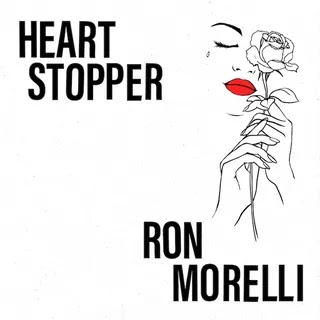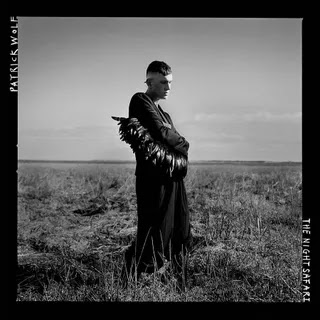Accompanied by bass, piano, and harp, the New York cellist refracts traditional Korean influences though an avant-garde lens, yielding an album as surprising as it is elegant.
Akey figure in New York’s avant-garde for 20 years, cellist Okkyung Lee is seemingly on a quest to discover every sound that her instrument is capable of making. She can attack its strings with volcanic intensity before dropping down to a fierce pianissimo, probing the boundary between tonality and noise. She is equally at home improvising alongside electronic and acoustic musicians, seamlessly melding her cello with Christian Marclay’s turntablist chaos, the overtone-rich drones of Ellen Fullman’s long-string instrument, and the abstracted blues of Bill Orcutt’s four-string guitar. Regardless of the idiom she’s working in, Lee is an exceptionally expressive performer, able to conjure rapture as effectively as unrest.
Despite the sweeping range of her work over the last two decades, Lee has never sounded as elegant as on Yeo-Neun, her debut for Félicia Atkinson’s Shelter Press label. These compositions, informed by the Korean traditional and popular music of her formative years, are spacious and patient. They contain playful counterpoint and contemplative melodic tangents, and the arrangements for quartet distill grand musical ideas into a minimalist framework. Lee’s cello is frequently the subtlest element in the mix, and the ensemble (harpist Maeve Gilchrist, pianist Jacob Sacks, and bassist Elvynd Opsvik) operates with eloquence and precision. Even for a musician so focused on extremes, this pivot to chamber music is as surprising as any primal burst of shrieking sound.
A sense of meticulous equilibrium permeates the pieces on Yeo-Neun. Even its most impassioned passages contain a sense of hushed wonder, and moments of collected calm can fluently unravel into dissonance. “Another Old Story (옛날이야기),” with its stately, syncopated ostinato and majestic melodic flourishes, is followed by the sparse, impressionistic “In Stardust (For Kang Kyung-ok),” and the contrast between the two accentuates the heavy melancholy of the latter’s Morton Feldman-esque piano figures. Even the instrumentation suggests a sense of balance: The cello and bass, capable of long, sustained tones and more varied textural explorations, often provide a foil to the chordal, rapidly decaying sounds of the piano and harp.
The most exciting contrasts come when Lee’s propensity for chaos expresses itself within the confines of more rigid compositional frameworks. Her use of extended techniques—ways of playing an instrument that fall outside established norms—is a defining characteristic of her performances, and on Yeo-Neun it feels revelatory. The creaking, scratchy texture of horsehair grinding away at her cello’s strings on “In Stardust” adds a completely alien dimension to the otherwise muted atmosphere. The penultimate piece, “Facing Your Shadows,” is a slow build that grows from spare, arpeggiated figures into a frenzied rush of scraping strings and bursts of harp: an image of serenity shot through with tumult.
Yeo-Neun is remarkable not only for its sophistication and restrained intricacy, but also as a statement of personal and creative growth. Flowing between formal tonality and structural dissolution, Lee reconciles her traditional musical upbringing with her subsequent expansion into free improvisation and avant-garde composition, and she finds an unusual beauty in juxtaposing the familiar character of popular and traditional music with experimental sound-making’s leap into the cosmic unknown. It’s thrilling to hear work so reflective from an artist often associated with volatility.
👉👇You May Also Like👇👌
View the original article here









%20Music%20Album%20Reviews.webp)






0 comments:
Post a Comment